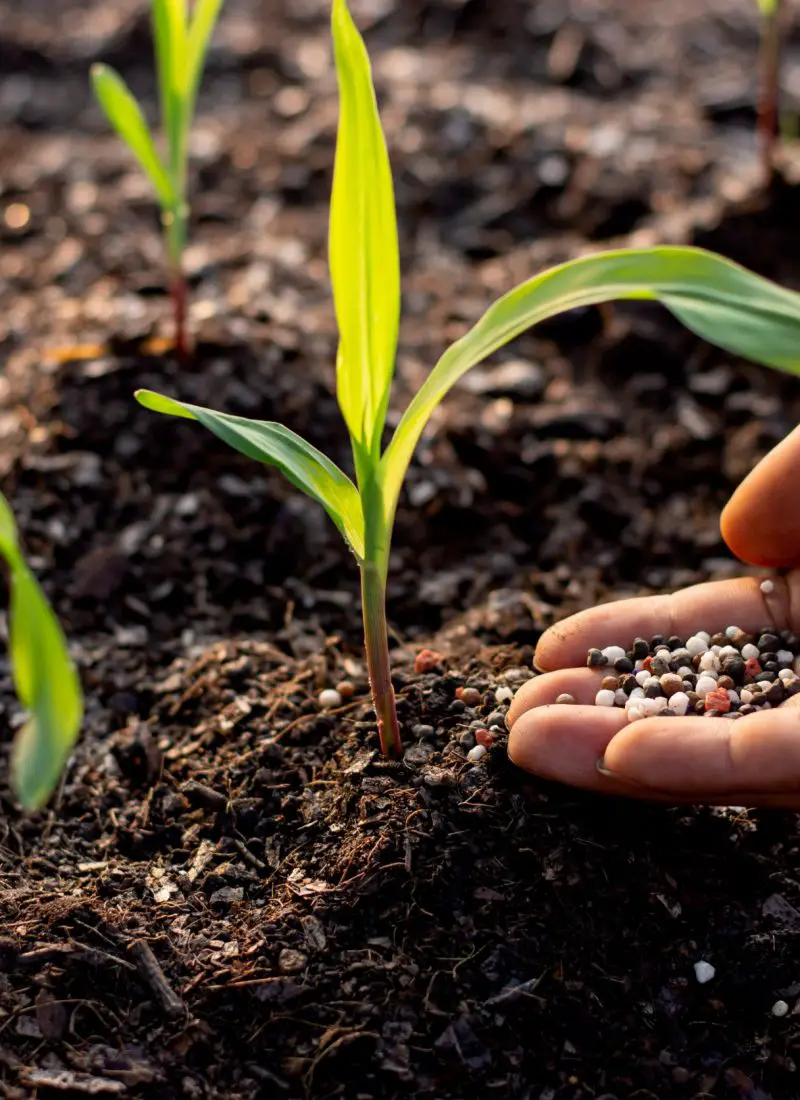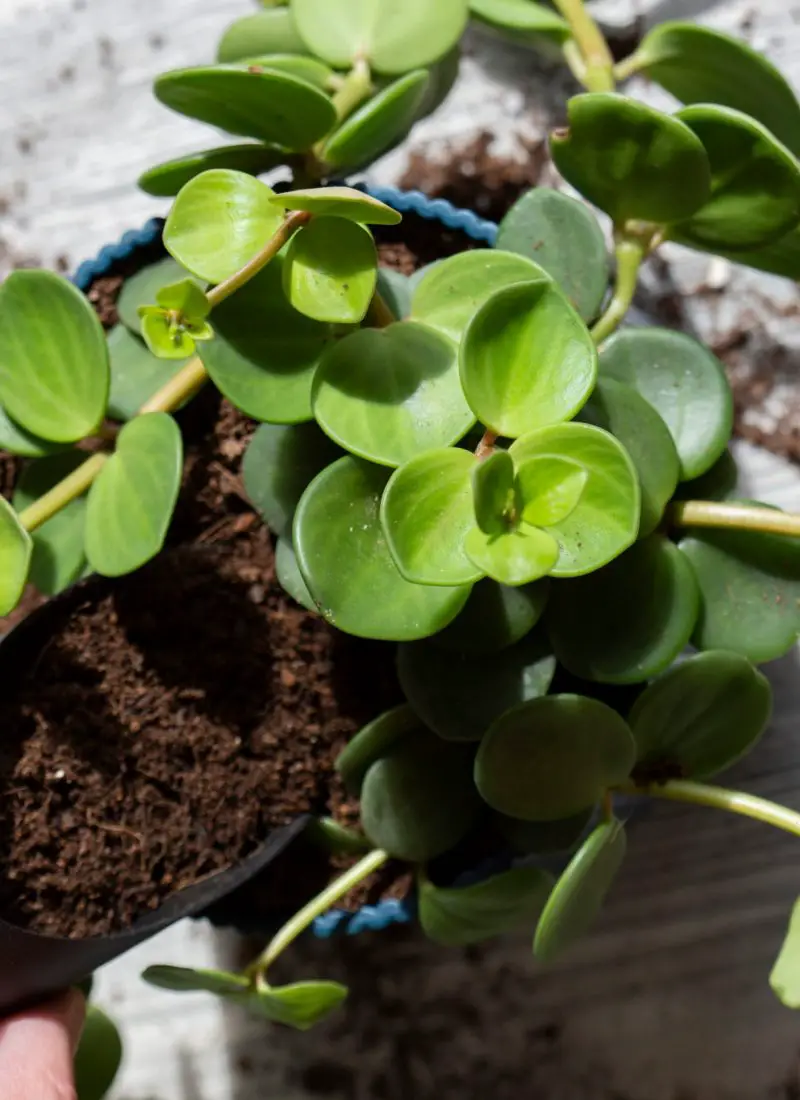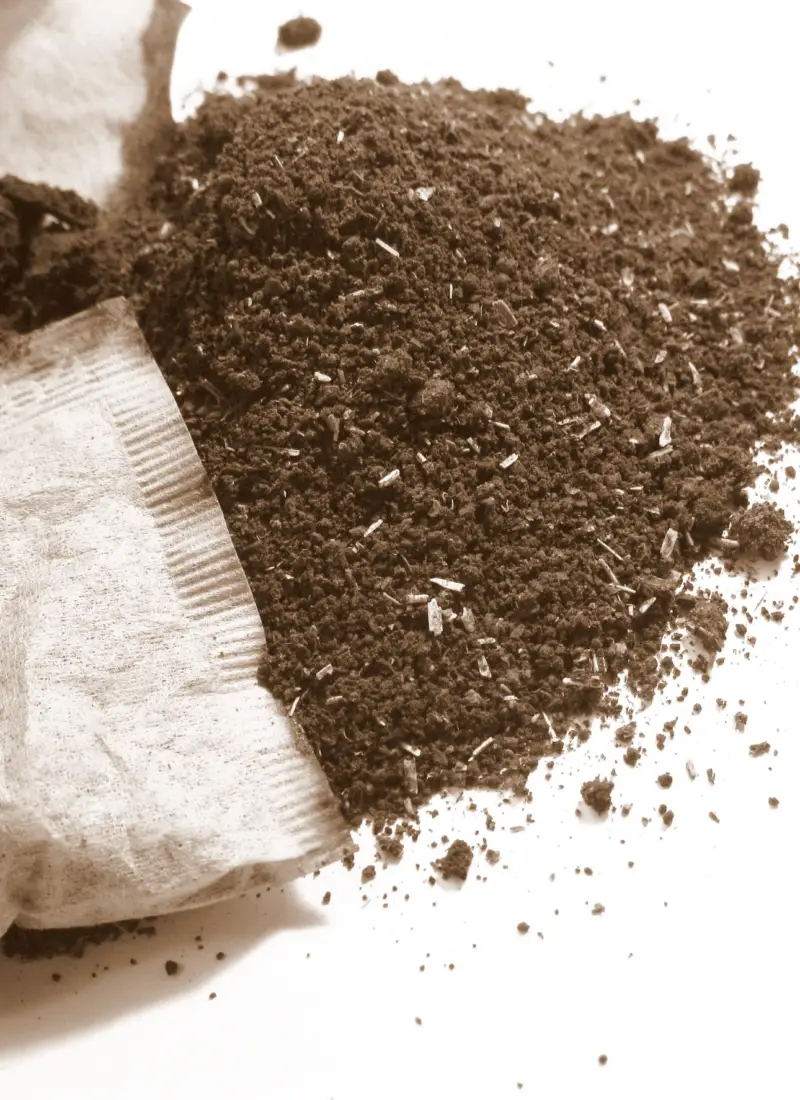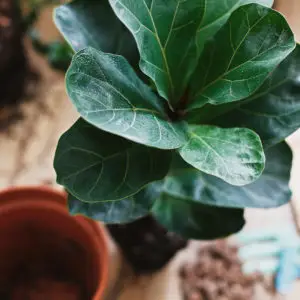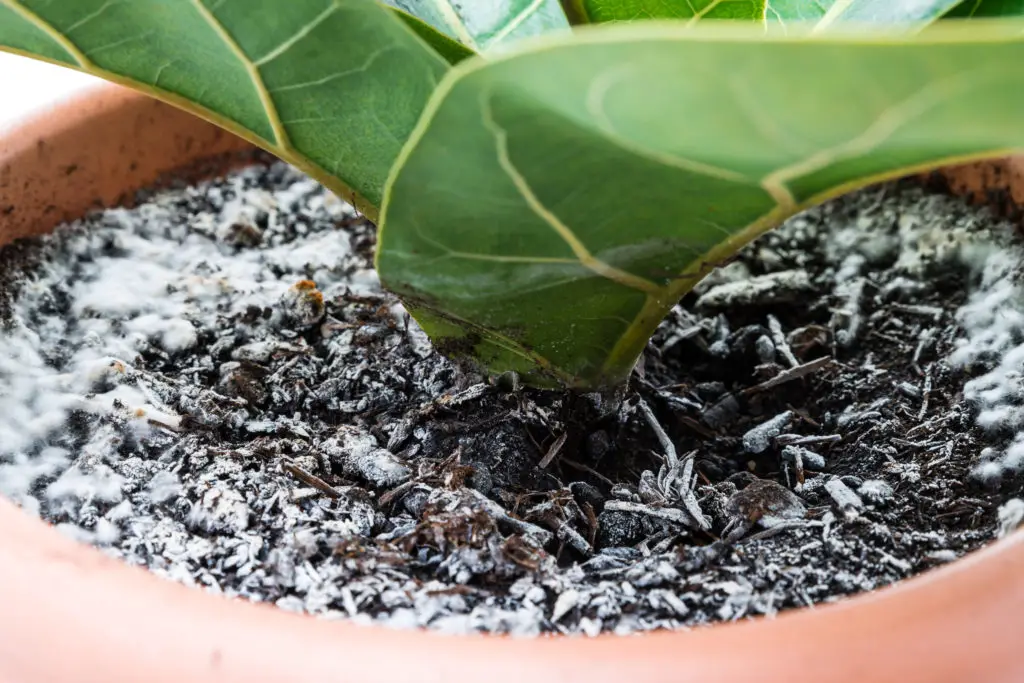
When you pot up a new plant, one of the first things you need is brand-new soil. But say your bag of potting mix has white fuzzy mold growing in it. Can you still use it, or has it gone bad?
Moldy potting soil/mix is safe to use for potting up plants, but it’s advisable to use a mask and gloves when handling it. The mold readily appears due to the trapped damp air in the bags. In normal conditions, it is invisible and exists in the soil to decompose matter and provide nutrients.
Often times mold is a result of overwatering, if you would like some tips on how dry a plant’s soil should be before you water, click here
Below, I explain further how this happened and how to use moldy potting soil safely:
(As an Amazon Associate, I earn from qualifying purchases.)
Table of contents
Why Did Mold Form in My Potting Soil?
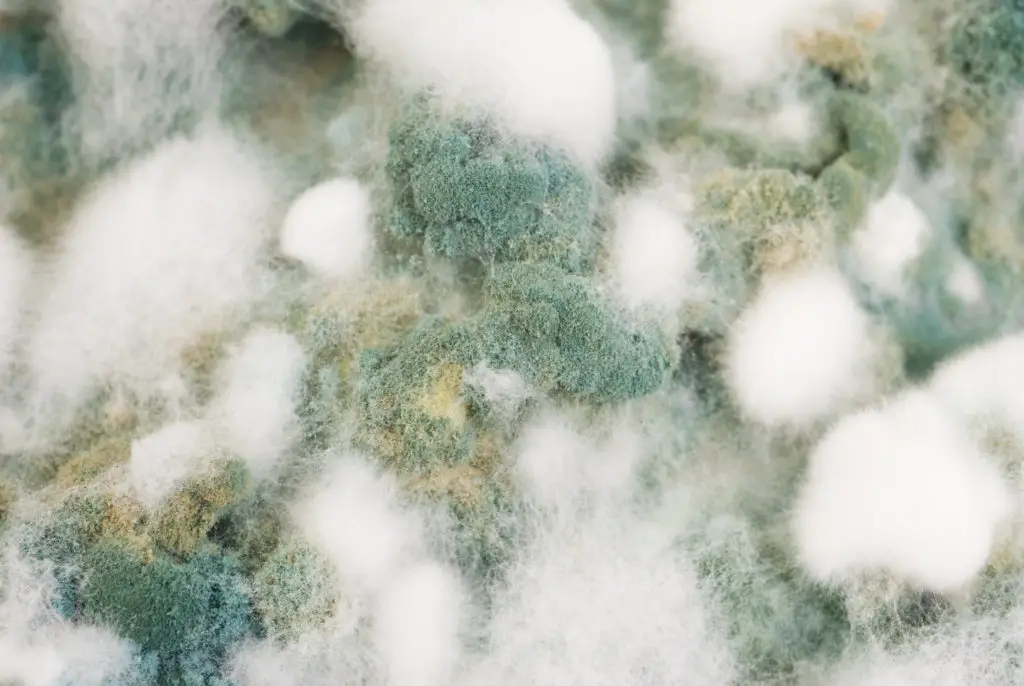
Mold is a type of fungi that exists mainly as spores that can’t be seen with the naked eye. When their surrounding conditions are favorable, they accumulate to form a very fine, thread-like, fuzzy mass that we’re all familiar with. One example is the white mold you find in a recently opened bag of soil.
There are essentially four factors involved in mold growth:
- Presence of mold spores
- Available food source
- Cool temperatures
- Abundance of moisture
a. As mentioned in the introduction, mold is already present in the soil. Unless it has undergone a sterilization process to eliminate all microbes, there are mold spores in there and everywhere. It’s one of many key players in composting because it breaks down organic matter and converts them into valuable nutrients. Based on that, you already have mold spores present in the bag of potting media.
b. Next, we go to the food source, which is the bagged soil. It’s often a mixture of dried bark, sphagnum moss, peat, coco coir, compost, bat guano, or worm castings. It varies among different products, but that’s the gist of it. With no competition around, the mold spores can happily munch on these items as much as they want. Hey, it’s free real estate.
c. Then we go into temperature. These sealed potting media bags are usually stored or transported in low temperatures, away from exposure to sunlight. Naturally, this means the mold is thriving in a relatively cool, confined space with no heat to kill it.
d. Lastly, we look into moisture, and I’m not talking about liquid water. I’m talking about water vapor stuck in the bags with nowhere to go. They likely came from the air sealed in during the bagging process or from the organic mix itself. Either way, you have plenty of moisture inside the bag with mold spores.
In essence, the sealed potting soil/mix bag is a cool, dark, and damp environment with plenty of decaying organic matter to feed on for the available mold spores in the soil. It is the perfect environment for mold to form. This doesn’t mean the potting soil went bad or anything. It’s only due to the conditions that the existing mold appeared more clearly.
Generally, this mold type is harmless to healthy people, pets, and, most importantly, plants. However, it’s always better to wear a mask and some gloves when handling moldy soil. This precaution helps prevent severe allergic reactions or infecting those with weak immune systems.
If nothing we have gone through so far in the article is matching up with what you are looking at on your side, you may have a different pest/disease. Check out –> How to Rescue Plants from Common Houseplant Pests & Diseases
Is mold found in plant soil dangerous?
As a whole, mold found in a plant’s soil is harmless to the plant. But it is best to scrape and discard it to prevent any long-lasting problems to the plant’s development. It’s advisable to use gloves and a mask when handling moldy soil to avoid accidental inhalation. It may cause an allergic reaction or worse for immunocompromised individuals.
What To Do With Moldy Potting Mix?
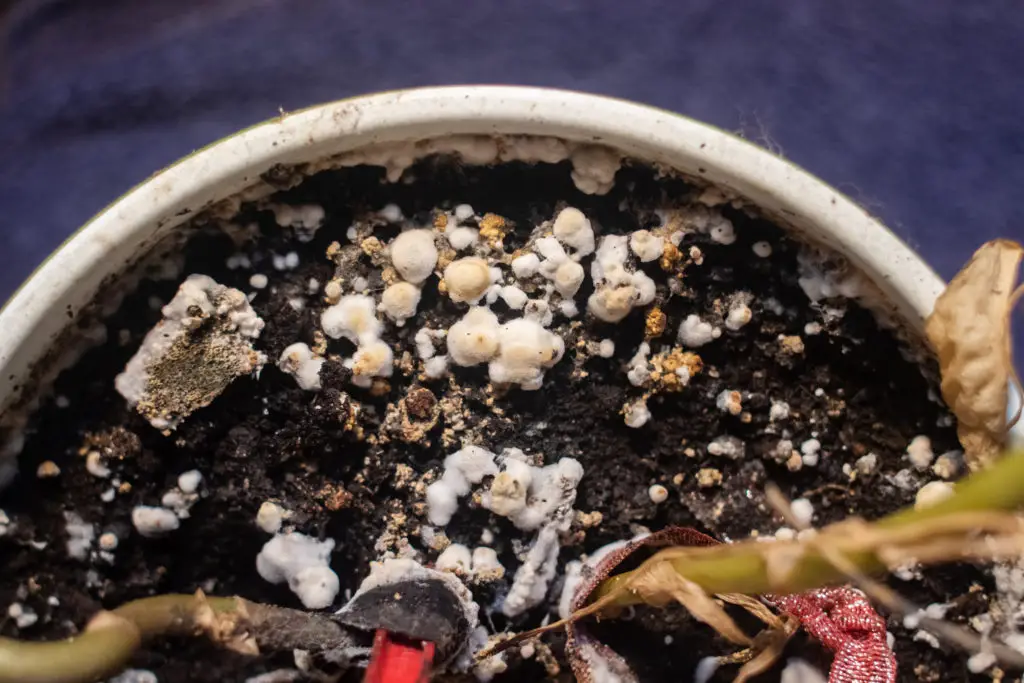
Since the mold is harmless, you can simply shake the potting mix to redistribute the spores back into the soil before use. But most people often take the following steps to err on the side of caution:
- Scrape off the moldy soil patches and discard them before using the potting mix. It can be unnerving to use moldy potting soil, so you can easily get rid of it. You can throw it in your garden, the trash, or your compost bin.
- Spread the potting mix under the sun to kill off the mold before using it for your plants. You introduce heat and good airflow, changing up the conditions so the mold just vamooses away from your sight. I’d highly recommend using this method if you plan to start some seeds or seedlings. Otherwise, the presence of mold will compete with the seeds for nutrients, therefore never giving it a chance to grow.
Adding fungicide into the potting mix may be tempting, but it’s often unnecessary. It’s overkill, and you pretty much destroy other beneficial microbes in your soil that are helpful to your plant’s growth. It’s always better to hold off on the more aggressive side of tackling things such as using harsh chemicals because they are often not always the right answer. If you still feel iffy about it, sprinkle cinnamon powder in the soil. It has antifungal properties and can prevent mold from forming on your potted plants.
If you want to know why we recommend this method and what some other soil sterilization options are check out: How Does Boiling Water Sterilize Soil? – With Helpful Tips
If you have leftover potting mix, seal the bag tightly and store it in a cool and dry area. Note the expiration date, so you’ll know it’s viable for the next time you use it.
Final Words
All in all, there’s really nothing to be scared of with moldy potting soil. They won’t kill your plants, and you don’t have to go out and buy another new bag. If you don’t want to deal with this mold problem, purchasing sterile soil is your safest bet. Happy planting!
References:
https://garden.org/frogs/view/62388/
https://plantvillage.psu.edu/posts/6522-general-fungi-in-potting-soil
https://www.houzz.com/discussions/1485894/new-potting-soil-is-moldy-in-the-bag
https://www.niehs.nih.gov/health/topics/agents/mold/index.cfm
https://energyresearch.ucf.edu/consumer/buildings/building-science-basics/mold-growth/


